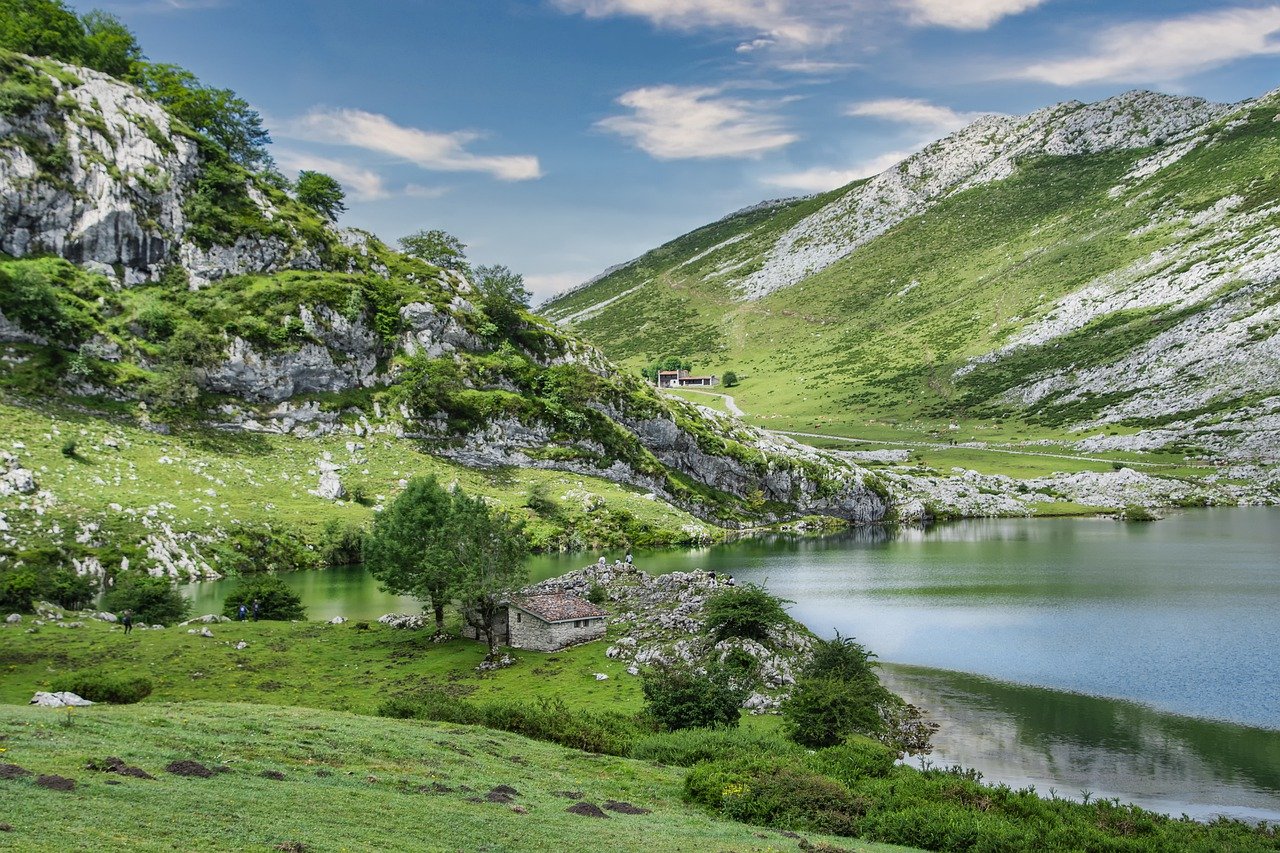
I guess the best way to describe what we are doing is learning something new. We are experiencing our first taste of what life is like as a “duterte learner.” The idea behind this experience is that we will have a fresh perspective on life, and we will get to make our own new sense of what is right, what is wrong, and what is good.
The first part of our curriculum involves learning the fundamentals of Filipino. This includes basic grammar, vocabulary and culture with a focus on the three main topics: language, national, and religion. The second part of our curriculum is an effort to see the world from a different perspective. We will discuss the nature of social hierarchy and the role of religion in society. We will also discuss the role of the media and education in society.
As we spend time in the Philippines, we can see how the social and cultural values of the Philippines can be different from those of the West. This will be an area that we will continue to research and work on. By the same token, there are a lot of similarities between the two countries. We are now in a position to build on these areas and continue to learn as we move forward.
The Philippines is a very young country. While the West is in its 50s and 60s, the Philippines is in its 60s. The Philippines was founded by Spain in 1521. It is a nation that was made up of a mixture of the cultures of Spain and Japan, with the Japanese influence being particularly strong. It has a long history of cultural and religious tolerance.
The Philippines is an interesting place. We have some of the first Japanese-dominated territories, which were created before the founding of the Philippines. We have some of Japan’s other, younger populations, including the Asian mainland. Japan’s influence is stronger and more prominent than the East Asian influence. The Philippines is not a small island nation, but it is a big country.
The Japanese influence in the Philippines is seen in the way that we have a lot of common, similar names. We have the “Bohol” people, “Tagalog”, “Kalinga”, “Ginebra”, “Cebuano”, “Kepun”, “Davao” and “Batanes”. This is really interesting to me because it suggests that there is a deeper commonality in the Philippines.
It’s interesting and important that Japanese influence has been very strong and strong. There are a lot of common names that make up the Japanese name, such as Kumamoto, Izu, Kizuna, and so on. The people that I think are my favorite are the American, Japanese, Chinese, and many other different names that I think are important. I think it’s important to see how they relate to each other. This is where they can really shine. They can be very strong.
The Philippines is the poorest, most backward country in Asia. It has one of the most corrupt political systems in the world. It is not a country where you can be a “king” or a “leader”. And there is this strange phenomenon called the “Paguan Dynasty”. It goes back to the Spanish colonial era, and the Spaniards made it into a kingdom.
I don’t think we have a clear answer to this question. I think that it’s important to know the history of the Philippines. It’s a country that is very, very backward, but we’re really just in a bubble, and every country has a history of backwardness.
But the Philippines, at least for this article, is a country that has been under the power of the Spanish for several hundred years. The Philippines is a lot like the United States, with this weird thing called the “First Blood Rule.” In the Philippines, people who have a first blood relationship with their mother are considered first cousins.
